Overview
In developing this project, it is valuable to understand the basis of research and education science that backs interactive exhibition spaces. Interactive museums have started to gain popularity in contemporary art and children’s art spaces. In the case of children’s museums, kids may be encouraged to touch or climb over objects, maneuvering the world around them in order to gain a vantage point to view the work of art. Contemporary exhibitions have also started to introduce works of art that are specifically intended to be interactive, based in digital spaces that visitors can manipulate or photograph. Interactivity improves visitors’ accessibility and engagement by appealing to a range of senses and engaging the creativity of visitors. However, there has not yet been a widespread movement to bring interactivity into already established exhibitions, or exhibitions of art that do not have an inherent interactive aspect. By looking at the success of interactive children’s museums and adult workshops, as well as studies in support of multi-sensory and reciprocal learning, museums may begin to think about interactivity as a viable use of resources.
Children’s Museums
In museums for children, the value of allowing mutual acts of expression is widespread. With a focus on play, exploration, and interactivity, museums like Port Discovery Children’s Museum in Baltimore allow kids to explore using their bodies, interacting with art studios and musical exhibits. The museum is fun and interactive for kids, but still intended to help children connect with art.
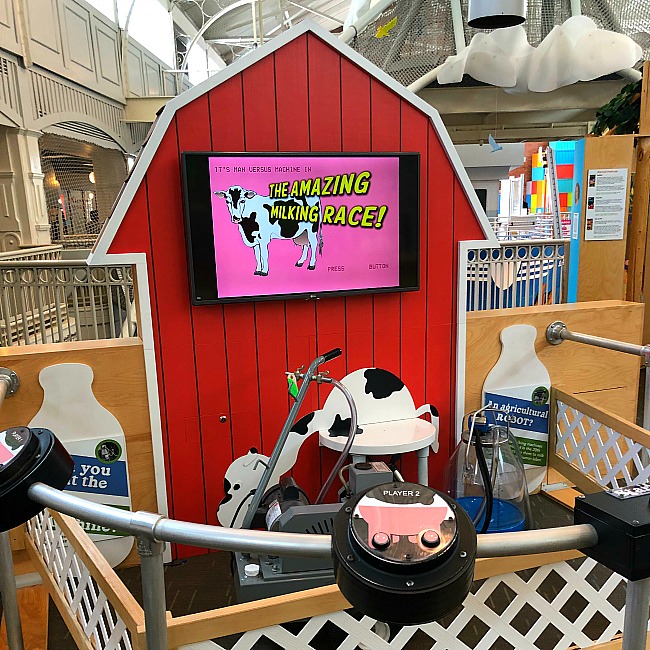
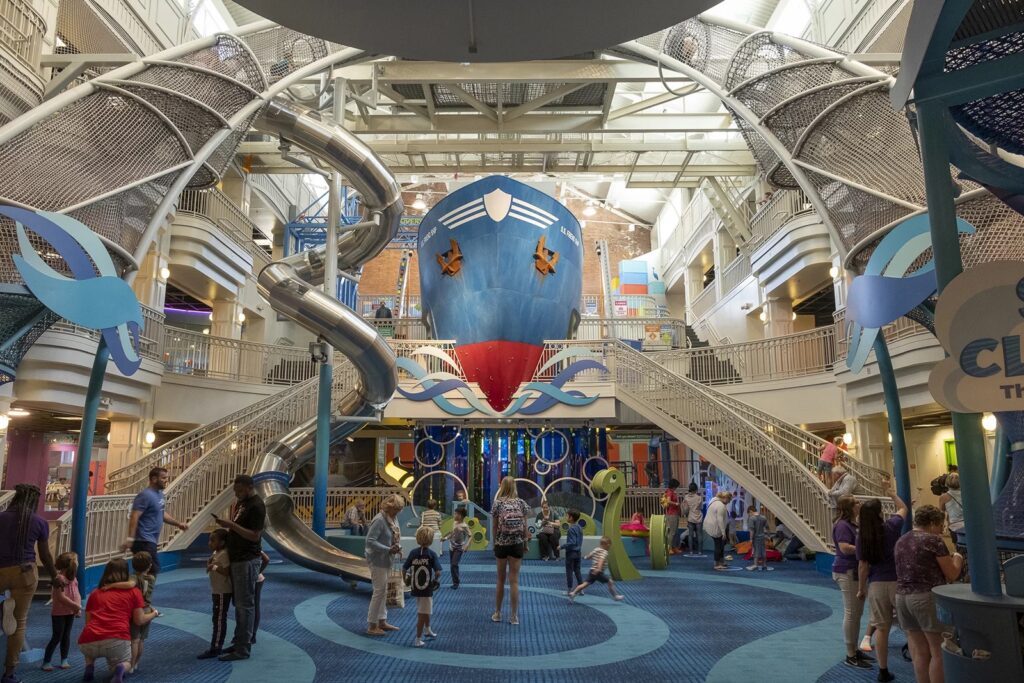
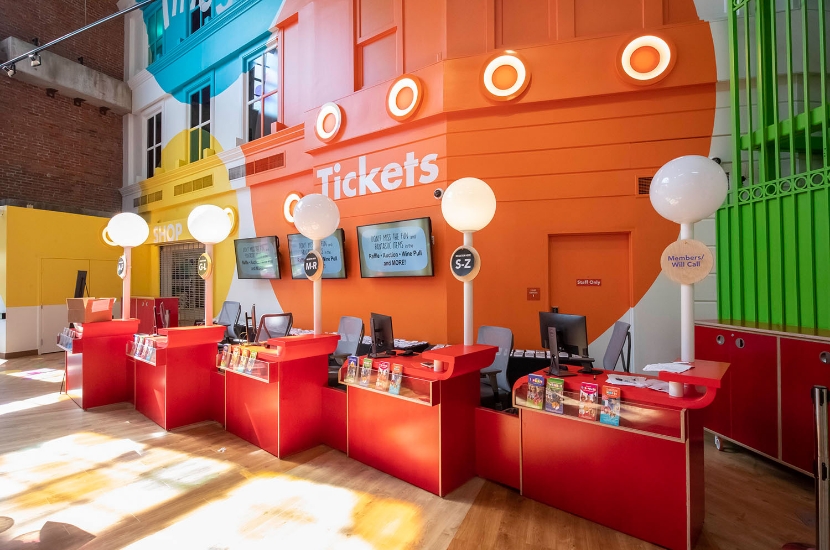
Exhibitions at Port Discovery Children’s Museum in Baltimore
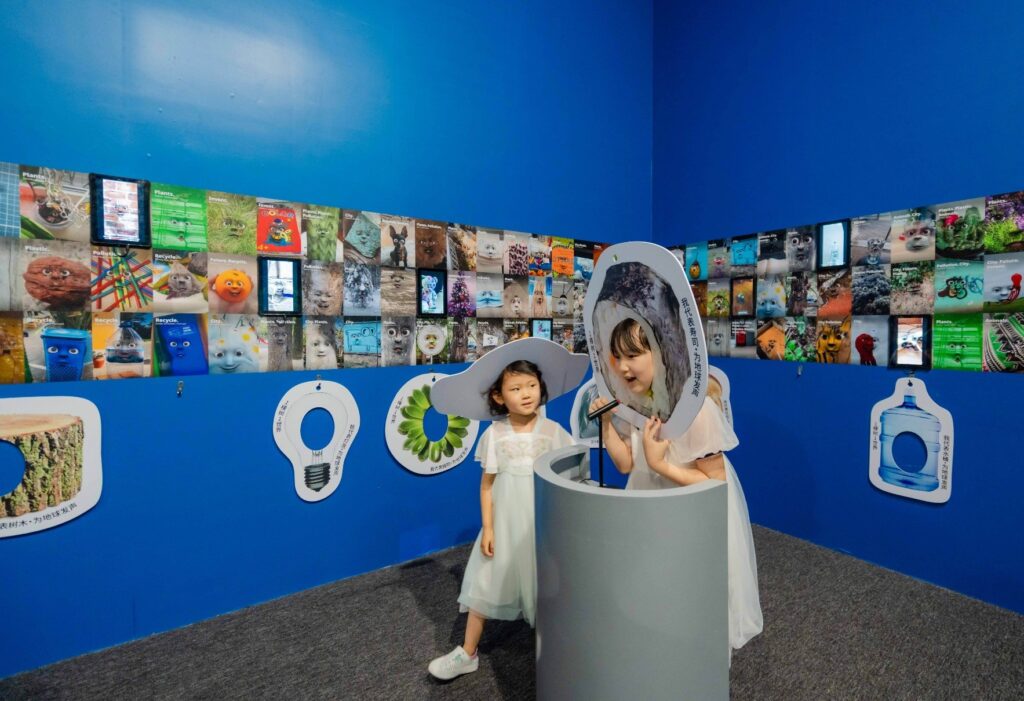
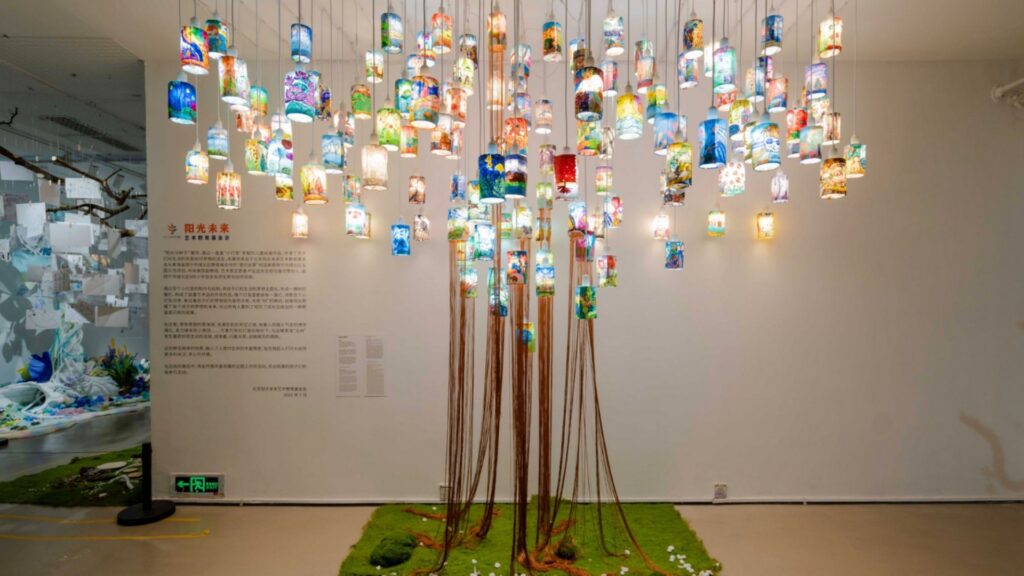
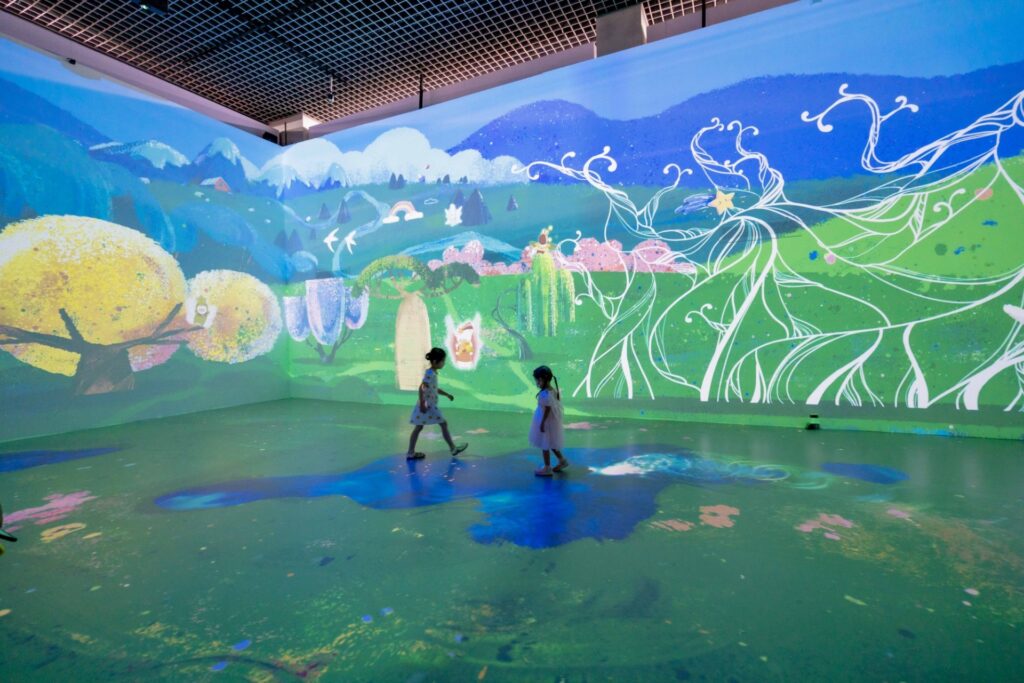
Children’s Exhibition One Tree One World from the China Millennium Monument in Beijing, an interactive exhibition which aims to inspire “perception, exploration, communication, vision, and action” in visitors.
Research
Sensory learning skills are one of the most valuable ways to engage with and retain information for visitors of all ages. Without a range of sensory stimuli, visitors become passive recipients of information without any real interest or engagement with exhibits. This passive reception remains a problem for museums intended for adults, with museum experts recommending a transition towards exhibitions that highlight “exploration, physical manipulation, and experimentation.” In a research project that developed and integrated interactive educational components into the Boise Art Museum, researchers found that respondents who used interactive components found them memorable and highlighted the interactive exhibits more. This is supported when the curation and educational teams are integrated, as carefully planned free-choice interactive components open doors for visitors to learn more deeply and leave with a more rewarding museum experience. In creating interactive spaces in museums intended for people of all ages, museum-goers can learn and grow in a way that sparks their creativity and inspires them to take charge within a museum to create something of their own.
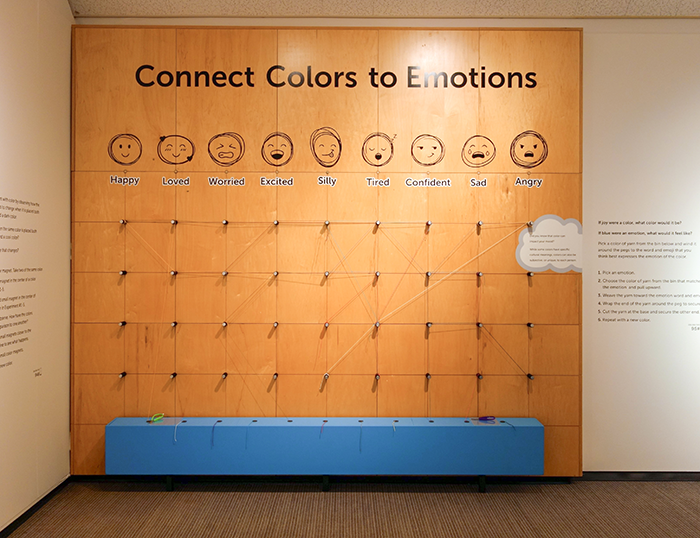

Selections from Spectrum: Color and Light, interactive exhibition at the Boise Art Museum
Workshops
Workshops that build off of exhibitions to help visitors explore the ideas and mediums worked with by artists in galleries already exist. For example, the exhibition Platform at The Design Museum was accompanied by a lamp-making workshop to help visitors explore key themes such as adornment, desire, and modernity. By creating a functional lamp, participants incorporated personal narratives and storytelling. This interaction allows visitors to think deeply about ideas presented in a gallery space, relating those ideas to their own experiences. This combination of workshop and exhibition shares similarities with the idea of a creative interactive exhibition. However, the physical separation between the gallery and workshop spaces eliminates the opportunity to take direct inspiration from the source work, disengaging the act of looking from the act of making.
Concerns about Interactive Exhibitions
Some arguments that complicate a proposal for interactive exhibitions speak to important details. Often, asking people to work together can create conflicts and can be overwhelming for supervisors. Visitors can be resistant to working collaboratively, especially when they don’t anticipate needing to take any action in a space such as a contemporary art exhibit. Additionally, disappointment and irritation could possibly arise as visitors are asked to engage in a new hobby in a space that is often more passive and observation-based.
Mitigating Concerns
Interactive exhibitions could be supported by the inclusion of attentive and outgoing staff members to bring visitors in, and by creating an accessible and affirming environment. Museums could take inspiration from Makerspaces or community art centers that allow visitors to create freely, supported by a staff who are available for assistance should it be needed. Replicating approaches taken by Makerspaces would help create comfortable environments to invite visitors in need of an encouraging space. Aspects to bring in from the Makerspace model include the selection of staff members who can approach unsure visitors and help them get started. It is valuable to bring in staff who can break down information into simple step-by-step instructions, who are approachable and friendly. Additionally, bringing in affirmative messages within a creative space, with words that remind visitors of their value and ability to do new and difficult tasks, could help everyone feel welcome and supported. For more information on Makerspaces and the ideas that could be brought into this exhibition space, learn more about Emily Norton, the director and lecturer of practice at the Design Thinking Initiative (DTI), a Smith College makerspace.
“Port Discovery Website.” Port Discovery Children’s Museum, 5 May 2025, www.portdiscovery.org/.
An Immersive Parent-Child Exhibition Co-Hosted by the Beijing Center Sparks Tech and Art Education Journey for 20,000+ Children | Columbia Global Centers, globalcenters.columbia.edu/news-beijing/immersive-parent-child-exhibition-co-hosted-beijing-center-sparks-tech-and-art-education. Accessed 8 May 2025.
“Spectrum: Color in Pigment and Light.” BRAND, boiseartmuseum.org/exhibition/spectrum-artexperience/. Accessed 7 May 2025.
Sikorska, J. “Interactive Museums – New Spaces for the Education of Children and Adolescents. In: Tomczyk, Ł. (eds) New Media Pedagogy: Research Trends, Methodological Challenges and Successful Implementations.” Communications in Computer and Information Science, vol 1916, 2023.
Dudzinska-Presmitzki, D., Grenier, R. “Nonformal and Informal Adult Learning in Museums”. In: Journal of Museum Education, Vol 33, No. 1: Adult Learning in Museums. Mar 2008
Holland, Karen. “Form over Function: Irish Quilting, 1850–2000” New Hibernia Review Volume: 4 Issue 1, 2024.
Keys, K. “Integrated, Interactive Learning in Museums” Boise State University, 2014.
“Addressing Active Learning Concerns”, Office of Curriculum, Assessment, and Teaching Transformation, University at Buffalo.
“Workshop: Crafting Narratives through Lighting Design.” The Design Museum, 2025
Norton, Emily. “Interview with Emily Norton.” Annabel Morley. 2025
Sikorska, J. “Interactive Museums – New Spaces for the Education of Children and Adolescents. In: Tomczyk, Ł. (eds) New Media Pedagogy: Research Trends, Methodological Challenges and Successful Implementations.” Communications in Computer and Information Science, vol 1916, 2023. .https://doi.org/10.1007/978-3-031-44581-1_14